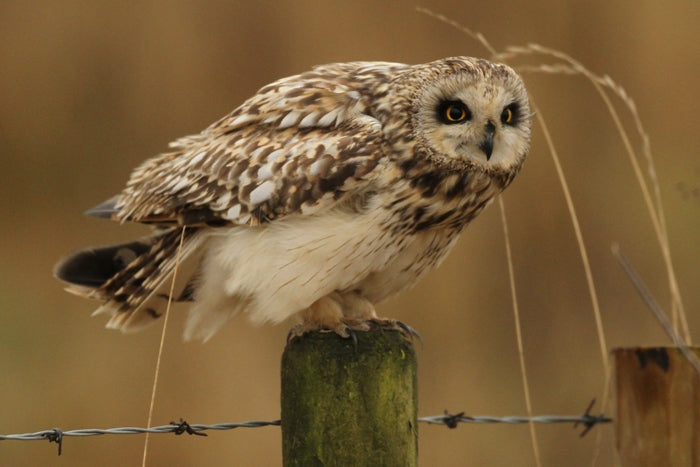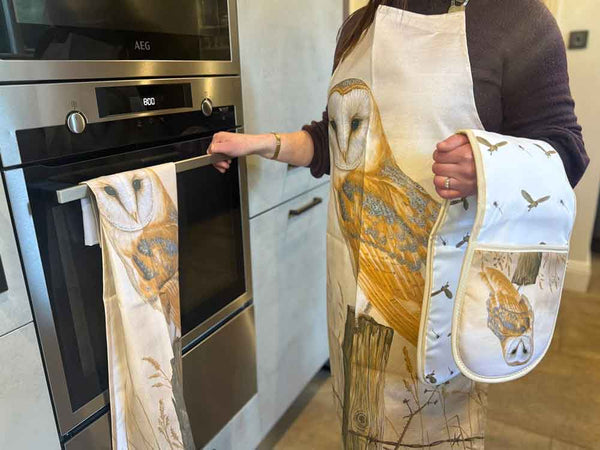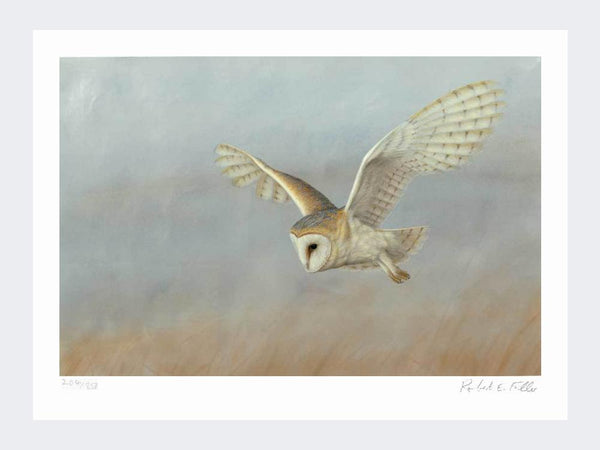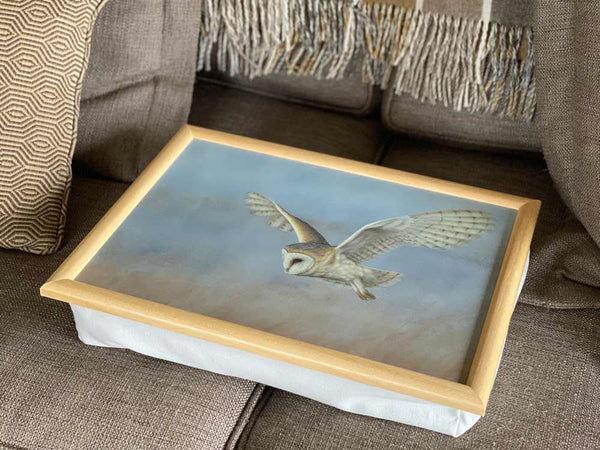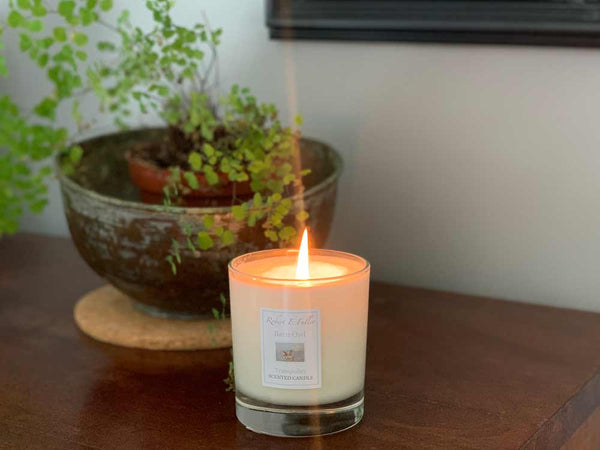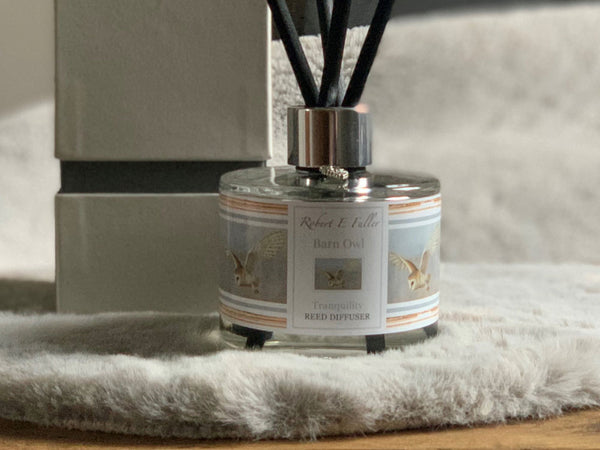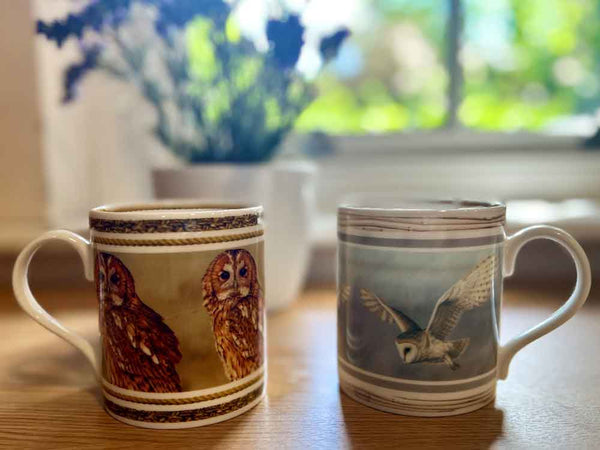 Short Eared Owl Painting, by Robert E Fuller
Short Eared Owl Painting, by Robert E Fuller
From my studio window, I have a great view over the Yorkshire Wolds. I like to keep my French windows wide open for as long as the weather allows. At this time of year, I often find myself distracted from my easel by the autumn bird migration. As huge flocks of birds fly overhead in formation, I can’t help but put my paintbrush down to admire them.
Autumn migration
An estimated 17 million birds are on the move now. In nature, mass movements of populations are a part of the annual cycle of events. Already huge numbers of summer migrants such as swallows and house martins have left our shores, having come here to breed. Now and over the next month or so we can expect an influx of birds from Scandinavia and Eastern Europe. These birds include colourful beauties like waxwings and fieldfares which come specifically to escape the cold and gorge on a British bounty of berries.
On the Yorkshire coast
The Yorkshire coastline is best-placed to watch all these comings and goings. Our position, just across the North Sea, is the perfect place for Nordic species like wrynecks to pause for a rest on their way south. These birds use the UK like a service station, refueling before they continue on their journey. This region is also the place where pink-footed geese, escaping icy blasts in Greenland and Iceland, land before they disperse across the rest of the country. It’s incredible to think just a few months ago these birds might have come face to face with a polar bear. At least half of the species of birds found in the UK are migrants, and these include birds that are usually thought of as native, like bullfinches. Even Nordic robins and blackbirds are known to fly across the channel to enjoy a winter in Yorkshire.
You also get mini-migrations, within the UK. Skylarks are resident in the UK all year round, but will often leave open moorland and head to low lands when temperatures drop. In really cold snaps, meadow pipits will leave the moors in search of warmth and food. Some stay local but others make their way all the way to southern Europe. As these species migrate, their predators follow. The hobbies have already followed the swallows down south.
Short eared owls
Among the predatory birds that flock to our shores from northern Europe are short-eared owls. We do have our own populations of these yellow-eyed owls, but when there is a cold snap in Scandinavia local numbers are boosted by an influx of these Nordic birds. At times this can mean that competition for food is fierce and in winter time you get can groups of a dozen or more short-eared owls hunting over the same patch of ground. I’ve even heard reports of 20 in one place before. These owls are surprisingly small, measuring at most 15 inches. But they have long wings that span nearly double this size. They are particularly attractive with yellow-gold feathers and piercing yellow eyes lined with black, which makes them look like they are wearing mascara.
Look for short eared owls after rain
One of the best things about them from my point of view is that they often hunt in daylight, which makes them easier to watch. One winter I heard about a field where short eared owls were known to hunt. I waited for a bad spell of weather before I visited. Knowing owls well, I was aware that windy, wet weather affects their ability to hunt so the period immediately following such a spell is the time to watch them out hunting. It had rained continually for 36 hours with strong winds. I knew they would be hungry when it eventually stopped so I watched the weather forecast intently. One evening as the rain lashed against the window I heard the forecaster say the weather was due to get better the following day.
I opened my curtains hopefully the following morning, but it was still raining. It was supposed to stop mid-morning so I set off anyway. But as I got closer to the place where I hoped to find the short eared owls, not only was it still rainy and windy, but also foggy. Rain lashed against the wind screen and I could barely see across the road. But just as I reached my destination, as if on cue, it stopped raining. I turned down a single track road and as the fog cleared I spotted two short eared owls chasing one another. One of the owls sat on a post right next to the road. I switched off the engine and free wheeled towards it. I was only about 10 metres away. The other owl dive bombed the first a couple of times before heading off to hunt.
Owl studies
I got my camera out and snapped away. I was surprised how unfazed the owl was by my presence. It started to preen its back – a clear sign it was relaxed - and then its tail needed attention. It preened each tail feather in turn. It was quite extraordinary. The owl was so close and acting so naturally. It fluffed all its feathers out and as it did so small clouds of dust puffed out. This fine dust is called powder down and consists of powdered feather. The bird began to carefully preen its flight feathers. As it ran its beak through them it raised its wing over its back, bending the feathers right round the back of its head. I thought it would be intent on hunting after such a long spell of bad weather but this owl was in no rush. It wanted to get all its feathers in tip top condition first. And what magnificent feathers they were. A sandy, gold colour, the plumage was barred across the tail and wings and its upper breast was streaked, which meant it blended perfectly in the grassy marshland behind it.
I had been with this short-eared owl for over an hour now photographing it in every feasible position. I spent a further 45 minutes admiring it before it suddenly took off to hunt. It had been a remarkable experience. I had reeled off over 1,000 photos in less than two hours and couldn’t wait to get back to my studio to start a new composition. Not only had I had the pleasure of watching the short-eared owl at such close quarters, I had also seen peregrine falcons, marsh harriers, sparrowhawks and buzzards, all hunting over the same patch of marshland. And as I left, I watched a pair of barn owls also out hunting. It had been a remarkable afternoon and had given me quite a few ideas of what to paint next.
https://youtu.be/voruz0A5-2k

